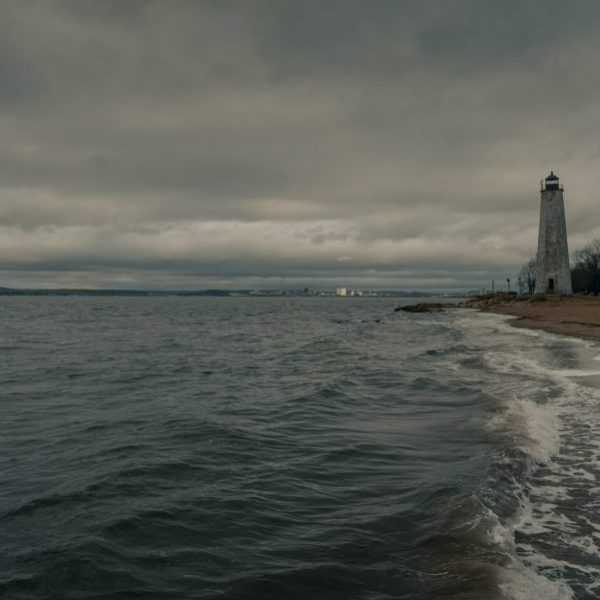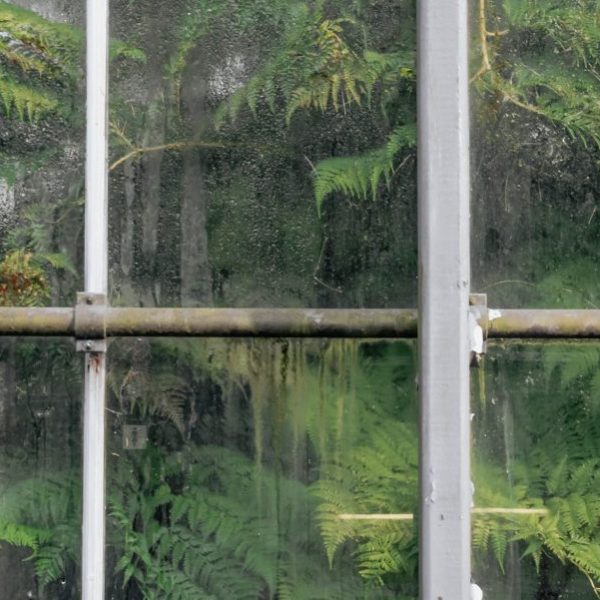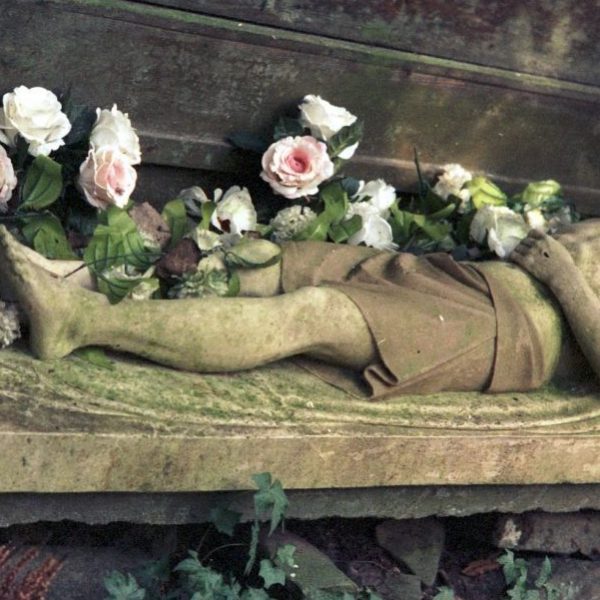Mark Catesby’s Illuminated Natural History

“It is now so warm that I am in only my Shirt and the Frogs are in full Tune.” —Mark Catesby in South Carolina and the Caribbean, 1722-26
Henrietta McBurney–
The English naturalist Mark Catesby (1683-1749) wrote to his sponsor the botanist, William Sherard, about the extreme weather conditions in South Carolina in December 1722. An unseasonably warm winter followed on from a flood and hurricane in September, “the greatest … that has been known since the Country was settled,” when animals and people drowned, “Deer were found frequently lodged on high trees,” and the wind was so violent that it tore up trees by their roots. This was one of two violent hurricanes Catesby experienced during his stay in South Carolina. The second was in August 1724, when “a hurry can … drove some Sloops, Boats and Canoes ashore [and] uncovered some houses.”

Catesby made his three-year expedition to the British colony on behalf of a group of twelve scientists and collectors in London to observe and collect rarities “for the uses and purposes of the Royal Society.” When he arrived in South Carolina in May 1722, he was delighted to find that the country was “inferior to none in fertility” and “possessed not only with all the Animals and vegetables of Virginia but abounding with even a greater variety.”
During his stay in the colony Catesby travelled hundreds of miles by foot, canoe and on horseback, exploring the Tidewater and following the rivers up to their sources in the foothills of the Appalachian mountains. He collected several thousand plants, hundreds of animal specimens, a number of fossils and some ethnographic objects. He preserved the plant and animal specimens and sent them back in consignments for his sponsors’ collections, together with live trees and shrubs packed in barrels for their gardens.
At the same time, he made watercolours, creating vivid images of many species which were previously unknown to European collectors. In a break with traditional modes of natural history illustration he showed many plants and animals in conjunction with one another: “where it could be admitted, I have adapted the Birds to those Plants on which they fed, or have any relation to.”

Aside from extreme weather, Catesby’s visit to South Carolina and the Caribbean was marked by other dramatic incidents. One of these was an encounter with a rattlesnake while he was staying with Colonel Joseph Blake at his Newington plantation on the upper Ashley River. Catesby recorded that “a Negro woman making my Bed a few minutes after I was out of it cryed out a Rattle Snake. We being drinking Tea in ye other room which was a ground flore, and being surprised with ye performance of the wenches bawling, went to see the cause, and found that … the wench had laid a Rattle Snake actually between the sheets in ye very place I lay, vigorus and full of ire biting at every thing that approach’t him. Probably It crept in for warmth in the night, but how long I had the company of [this] charming bedfellow I am not able to say.” The incident is notable not only because of the near escape but for being the only “voice” of an enslaved African Catesby recorded either in his book or his letters to his sponsors.

Blake was one of a number of plantation owners who hosted Catesby during his collecting expeditions in South Carolina’s Low Country. The cultivation of rice and other cash crops on plantations depended throughout on the labour and service of enslaved peoples, both African and Native American. Charleston was one of the largest ports in the world for enslaved Africans in this period, with large numbers of captives being traded to South Carolina from Senegambia, present-day Ghana and other coastal regions of west Africa. Ships arrived packed with between 200 and 600 men, women and children after a journey of up to three months which proved fatal to many because of overcrowding and conditions on board.
Catesby drew on the local and specialist knowledge of both enslaved Africans and Native Americans during his exploration of different regions of South Carolina. He made friends with the Native Americans, acknowledging with gratitude their help as guides in the uninhabited parts of the country and in carrying his equipment, and their “First Care to erect a bark hut, at the approach of rain to keep me and my Cargo from wet.” He learned both from them and from enslaved Africans about the uses of plants and animals for food, medicine, clothing, ceremonies and utensils, incorporating these different sources of information into his book.
He often watched his local guides consume and disgorge a decoction of the “Cassena” plant or yaupon (Ilex vomitoria) as a diet-drink, while he himself, along with other “English inhabitants,” drank a diluted version as tea with milk and sugar.
He observed that tubers of the tannia plant (Xanthosoma sagittifolium) were eaten by “the Negroes and esteemed a Blessing; they being delighted with all their African food, particularly this, which a great Part of Africa subsists on.” A root known to the locals as “Eminence” was prized for its use “by a famous Negro Dr who … [has] done great good with [its] juice boyled or infusion … It is an excellent stomacick and highly cryed up for its virtues.”
For all the lessons learned from local and indigenous sources of knowledge, Catesby had several dramatic encounters with unfamiliar plants and animals. On one occasion in the Bahama Islands he suffered temporary blindness from the poison of a manchineel tree: “I was not sufficiently satisfied of [the virulent and dangerous properties of these Trees], till, assisting in the cutting down a Tree of this kind on Andros Island, I paid for my incredulity: some of the milky poisonous juice spurting in my eyes, I was two days totally deprived of sight, and my eyes and face much swelled, and I felt a violent pricking pain the first 24 hours (which from that time, abated gradually with the swelling, and went off without any application or remedy; none in that uninhabited island to be had).”

Despite such hazards Catesby was fearless in his urge to collect, examine and sample the unknown. At the end of his Natural History of Carolina, Florida and the Bahama Islands he speaks of the many years he spent collecting plants and animals “from the living subjects themselves, and in their native abodes” and of “the strong inclination I had to these kinds of subjects, joined to the love of truth, that were my constant attendants and influencers.” For him, curiosity, passion, gratification and fulfillment were inseparably connected to observing, studying and describing the natural world and to capturing that world in images.
Henrietta McBurney is a freelance curator and art historian. She was previously curator in the Royal Library, Windsor Castle. Her publications include studies on the florilegium of Alexander Marshal and the natural history drawings for Cassiano dal Pozzo’s Paper Museum. McBurney’s most recent book is Illuminating Natural History: The Art and Science of Mark Catesby (Distributed by Yale University Press for the Paul Mellon Centre for Studies in British Art).
“[The] definitive study of Catesby’s life and art. . . . Gorgeous. . . . Accessible. . . . Ms. McBurney’s book perfectly matches its multifaceted subject, offering us nothing less than a natural history of Catesby’s remarkable imagination.”—Christoph Irmscher, Wall Street Journal





